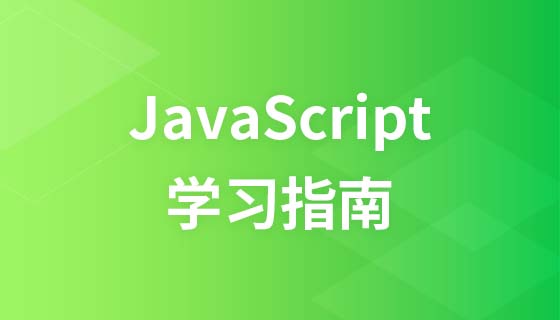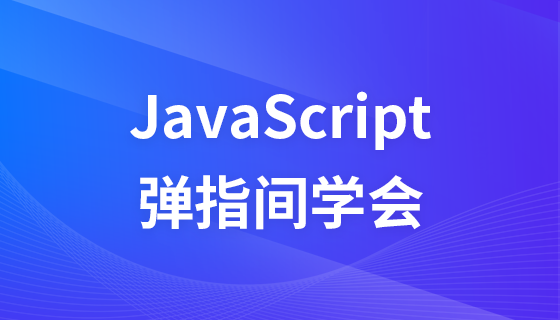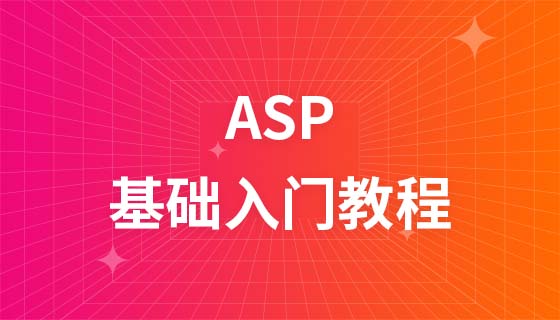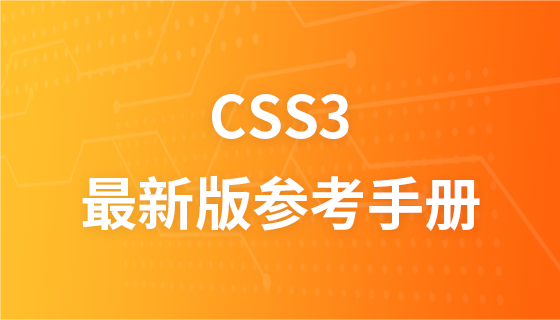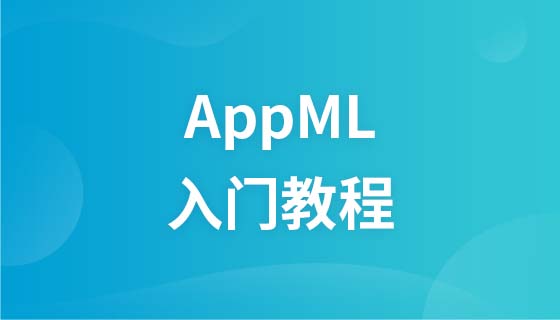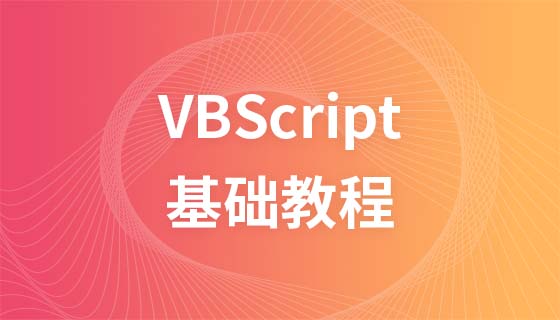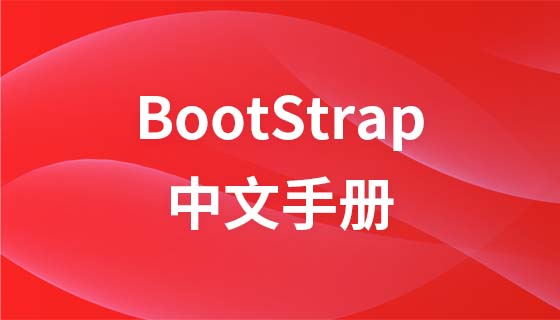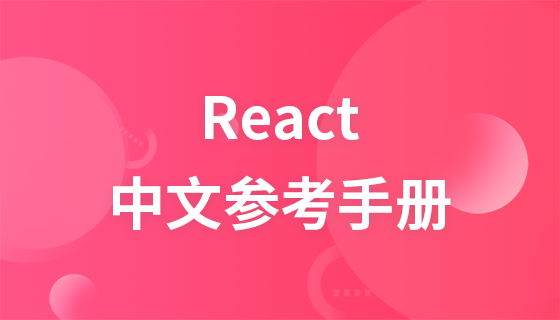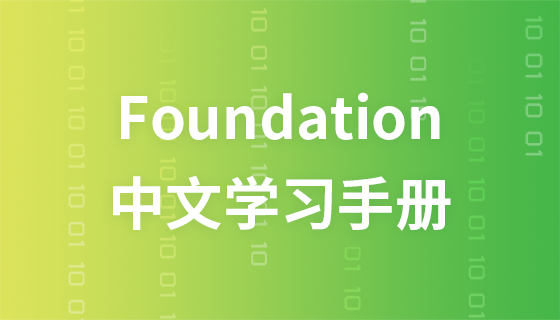JavaScript HTML DOM 事件监听器
addEventListener() 方法
addEventListener() 方法用于向指定元素添加事件句柄。
addEventListener() 方法添加的事件句柄不会覆盖已存在的事件句柄。
你可以向一个元素添加多个事件句柄。
你可以向同个元素添加多个同类型的事件句柄,如:两个 "click" 事件。
你可以向任何 DOM 对象添加事件监听,不仅仅是 HTML 元素。如: window 对象。
addEventListener() 方法可以更简单的控制事件(冒泡与捕获)。
当你使用 addEventListener() 方法时, JavaScript 从 HTML 标记中分离开来,可读性更强, 在没有控制HTML标记时也可以添加事件监听。
你可以使用 removeEventListener() 方法来移除事件的监听。
语法
element.addEventListener(event, function, useCapture);
第一个参数是事件的类型 (如 "click" 或 "mousedown").
第二个参数是事件触发后调用的函数。
第三个参数是个布尔值用于描述事件是冒泡还是捕获。该参数是可选的。
注意: 不要使用 "on" 前缀。 例如,使用 "click" ,而不是使用 "onclick"。
<!DOCTYPE html>
<html>
<head>
<meta charset="utf-8">
<title>php中文网(php.cn)</title>
</head>
<body>
<button id="myBtn">点击</button>
<script>
document.getElementById("myBtn").addEventListener("click", function(){
alert("Hello World!");
});
</script>
</body>
</html>向同一个元素中添加多个事件句柄
addEventListener() 方法允许向同个元素添加多个事件,且不会覆盖已存在的事件:
<!DOCTYPE html>
<html>
<head>
<meta charset="utf-8">
<title>php中文网(php.cn)</title>
</head>
<body>
<button id="myBtn">点击查看</button>
<script>
var x = document.getElementById("myBtn");
x.addEventListener("click", myFunction);
x.addEventListener("click", someOtherFunction);
function myFunction() {
alert ("Hello World!")
}
function someOtherFunction() {
alert ("函数已执行!")
}
</script>
</body>
</html>向 Window 对象添加事件句柄
addEventListener() 方法允许你在 HTML DOM 对象添加事件监听, HTML DOM 对象如: HTML 元素, HTML 文档, window 对象。或者其他支出的事件对象如: xmlHttpRequest 对象。
<!DOCTYPE html>
<html>
<head>
<meta charset="utf-8">
<title>php中文网(php.cn)</title>
</head>
<body>
<p>尝试重置浏览器的窗口触发 "resize" 事件句柄。</p>
<p id="demo"></p>
<script>
window.addEventListener("resize", function(){
document.getElementById("demo").innerHTML = Math.random();
});
</script>
</body>
</html>传递参数
当传递参数值时,使用"匿名函数"调用带参数的函数:
<!DOCTYPE html>
<html>
<head>
<meta charset="utf-8">
<title>php中文网(php.cn)</title>
</head>
<body>
<button id="myBtn">点击查看结果</button>
<p id="demo"></p>
<script>
var p1 = 8;
var p2 = 8;
document.getElementById("myBtn").addEventListener("click", function() {
myFunction(p1, p2);
});
function myFunction(a, b) {
var result = a * b;
document.getElementById("demo").innerHTML = result;
}
</script>
</body>
</html>事件冒泡或事件捕获?
事件传递有两种方式:冒泡与捕获。
事件传递定义了元素事件触发的顺序。 如果你将 <p> 元素插入到 <div> 元素中,用户点击 <p> 元素, 哪个元素的 "click" 事件先被触发呢?
在 冒泡 中,内部元素的事件会先被触发,然后再触发外部元素,即: <p> 元素的点击事件先触发,然后会触发 <div> 元素的点击事件。
在 捕获 中,外部元素的事件会先被触发,然后才会触发内部元素的事件,即: <div> 元素的点击事件先触发 ,然后再触发 <p> 元素的点击事件。
addEventListener() 方法可以指定 "useCapture" 参数来设置传递类型:
addEventListener(event, function, useCapture);
默认值为 false, 即冒泡传递,当值为 true 时, 事件使用捕获传递。
<!DOCTYPE html>
<html>
<head>
<meta charset="utf-8">
<title>php中文网(php.cn)</title>
<style>
div {
background-color: coral;
border: 1px solid;
padding: 50px;
}
</style>
</head>
<body>
<div id="myDiv">
<p id="myP">点击段落,我是冒泡。</p>
</div><br>
<div id="myDiv2">
<p id="myP2">点击段落,我是捕获。 </p>
</div>
<script>
document.getElementById("myP").addEventListener("click", function() {
alert("你点击了 P1 元素!");
}, false);
document.getElementById("myDiv").addEventListener("click", function() {
alert(" 你点击了 DIV1 元素 !");
}, false);
document.getElementById("myP2").addEventListener("click", function() {
alert("你点击了 P2 元素!");
}, true);
document.getElementById("myDiv2").addEventListener("click", function() {
alert("你点击了 DIV2 元素 !");
}, true);
</script>
</body>
</html>removeEventListener() 方法
removeEventListener() 方法移除由 addEventListener() 方法添加的事件句柄:
<!DOCTYPE html>
<html>
<head>
<meta charset="utf-8">
<title>php中文网(php.cn)</title>
</head>
<head>
<style>
#myDIV {
background-color: coral;
border: 1px solid;
padding: 50px;
color: white;
}
</style>
</head>
<body>
<div id="myDIV"> div 元素添加了 onmousemove 事件句柄,鼠标在桔红色的框内移动时会显示随机数。
<p>点击按钮移除 DIV 的事件句柄。</p>
<button onclick="removeHandler()" id="myBtn">点击暂停</button>
</div>
<p id="demo"></p>
<script>
document.getElementById("myDIV").addEventListener("mousemove", myFunction);
function myFunction() {
document.getElementById("demo").innerHTML = Math.random();
}
function removeHandler() {
document.getElementById("myDIV").removeEventListener("mousemove", myFunction);
}
</script>
</body>
</html>

